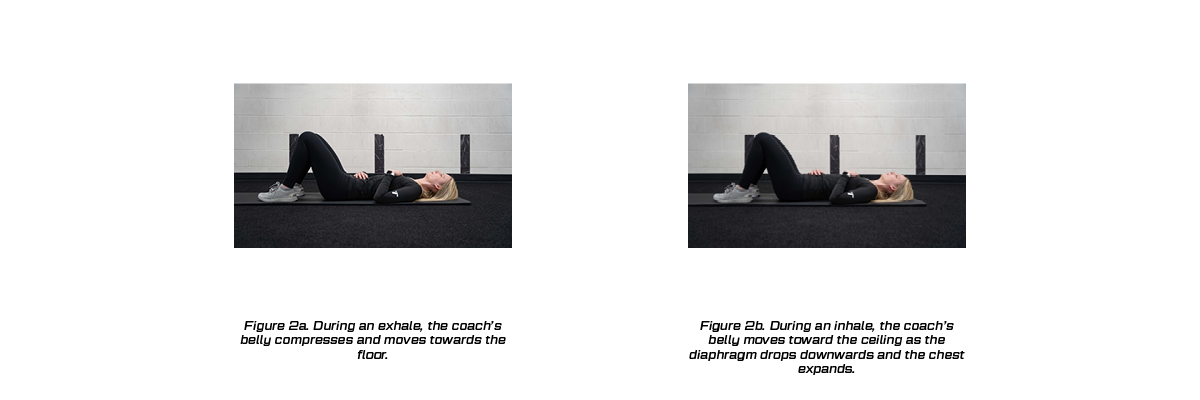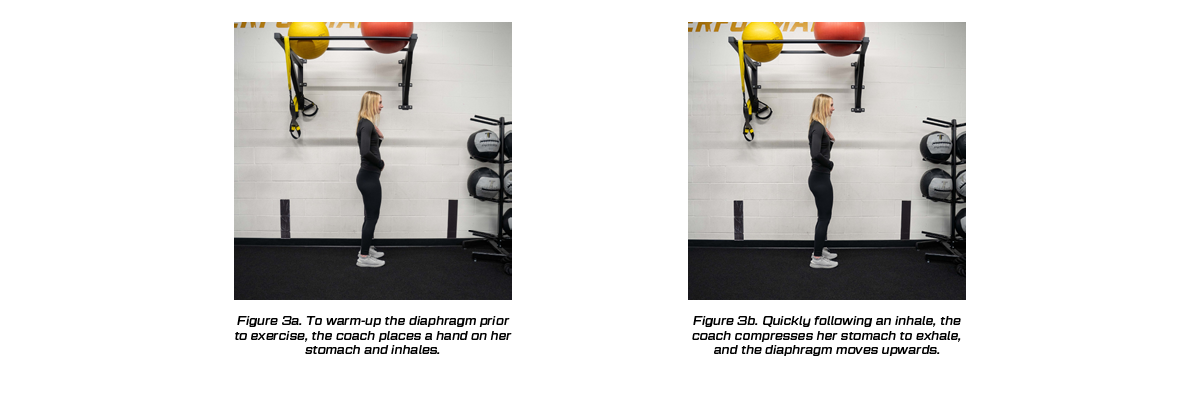If you are on a social media platform, or frequent bookstores, you have probably noticed several posts or books about ‘breathing’ over the last few years. It certainly is a hot topic, but what’s the rave all about? You already know how to breathe don’t you? Yes of course you do, but like anything in sports and performance, can this skill be optimized? Is it something that you can practice and train to maximize your potential in sports, and life? Well, here are some interesting facts to answer that question.
On average, humans can survive about 30 days without food, 3 days without water, and only about 3 minutes without oxygen. As an athlete, you know the importance of nutrition and hydration for performance, and spend a lot of time and money ensuring your ‘fuel tank’ is topped up with high grade fuel. But how much time do you spend training your breathing? The ability of your body to transport oxygen to your muscles, and how effectively your muscles utilize that oxygen will determine how well and how long you can perform.
There is plenty of research to demonstrate that breath training increases aerobic performance in sports such as cycling, running and swimming.1,2 Recall from the article entitled “It’s Beepin Hard” that up to 1/3 of the energy demands in hockey come from the aerobic system. In addition, aerobic fitness can predict scoring chances and skating speed. So, we know you should train your breathing, but how?
The first skill to master is diaphragmatic breathing. How you breathe is critical. You may have heard of vertical versus horizontal breathing. Vertical breathing occurs when your shoulders elevate during a deep breath. For horizontal breathing, your belly moves outwards during an inhale and inwards during an exhale. Horizontal or belly breathing requires activation of your diaphragm which is your primary breathing muscle. This dome shaped muscle (Figure 1a, 1b) is located at the base of your rib cage and separates your lungs (thoracic cavity) from your belly (abdominal cavity). Horizonal breathing offers several benefits that include, but are not limited to the following: relaxation, improved muscle function during exercise, increased oxygen in your blood, and reduced blood pressure and heart rate. How you breathe can not only maximize performance, but it can protect your spine during heavy lifts. Creating pressure inside your abdomen with a belly breath not only stabilizes and protects your spine, but it can increase your 1-repitition maximum when done effectively.3 Whether you are breathing during aerobic exercise, holding your breath for a heavy lift, or taking deep breathes to refocus between shifts, breathe with your belly to enhance performance!
PRO TIPS!
1. Lay on your back on the floor. Place your hand on your belly and exhale as much air as you can (Figure 2a). Then, take a deep inhale (Figure 2b). Does your belly move toward the floor on exhale and towards the ceiling on inhale? If so, repeat for 20 breaths and try to inhale and exhale more air for each repetition.
2. Warm up your diaphragm prior to exercise. While standing, again place your hand on your stomach. Instead of taking 20 slow, deep breaths, perform 20 quick breaths to get your diaphragm moving. You should feel your belly go out (Figure 3a) and in (Figure 3b) on each breath.
3. No matter where you are right now, standing, sitting, or lying, take 20 deep breaths to relax. As you inhale, move your belly outwards and as you exhale, move you belly inwards and just let your face, shoulders and body relax. Feel better yet?
4. Remember, practice makes perfect. And yes, you do have the time to practice because you have to breathe anyway!
References
1. Romer, L. M., McConnell, A. K. & Jones, D. A. Effects of inspiratory muscle training on time-trial performance in trained cyclists. J. Sports Sci. 20, 547–590 (2002).
2. Illi, S. K., Held, U., Frank, I. & Spengler, C. M. Effect of Respiratory Muscle Training on Exercise Performance in Healthy Individuals. Sports Med 18 (2012).
3. Vranich, B. & Sabin, B. Breathing for Warriors. (St. Martin’s Essentials, 2020).



